Yes. Spraying yards for mosquitoes and ticks has become a common practice for many homeowners.
There are a couple of reasons to deploy mosquito and tick control. These pests are bothersome, but can also be dangerous. Both mosquitoes and ticks are vectors of insect-borne illnesses. These include Lyme disease, West Nile virus, babesiosis, and dreaded heartworm disease in pets.
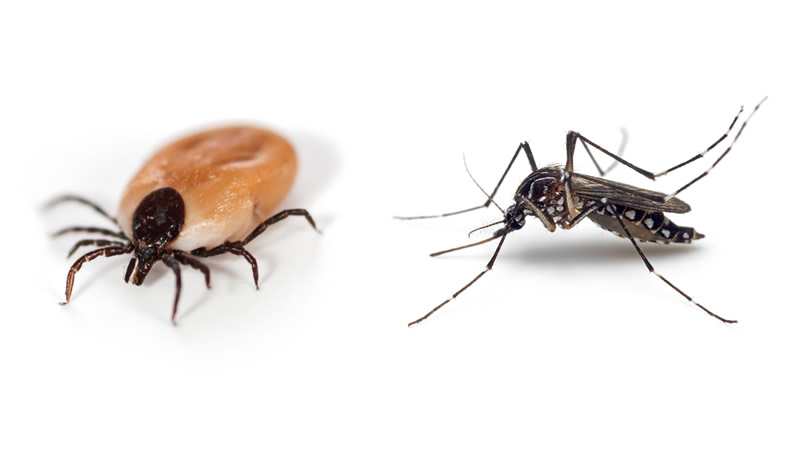
How long does tick and mosquito spray last?
While spraying can effectively reduce mosquito and tick populations in treated areas, its efficacy may vary depending on factors such as application technique, weather conditions, and the specific species present. If you enlist the help of professionals to help shield your yard against mosquitoes and ticks, the treatment can last up to three weeks. Other purported mosquito and tick control sprays claim to offer protection for up to 12 weeks.
How do you keep mosquitoes and ticks away?
There are quite a few ways you can augment the efficacy of your mosquito and tick control spray. Simple yard maintenance and landscaping techniques can make your property less pest-friendly.
Do these things in addition to your professional mosquito and tick control services.
- Create a cedar mulch border around your yard from wooded areas
- Plant lavender, eucalyptus, or garlic
- Keep areas that collect standing water free of water (toys, flower pots, pool paraphernalia)
- Add an agitator to bird baths or water barrels
- Keep your lawn cut and dispose of grass clippings
- Encourage your neighbors to keep their property maintained and treated for mosquitoes and ticks
How can you keep pests away when you are away from home?
DEET-based products are the most effective broad spectrum pest repellents. These products can help you repel mosquitoes, ticks, fleas, and more when out in nature. It is very important that you use DEET repellent as directed on the label. Never spray your pets with insect repellents, no matter what. If you are using DEET products on children, make sure you use a concentration that is safe for them.
If you are spending a lot of time hiking or camping, it is recommended to wear long sleeves, tuck your pants into your socks, and reveal as little skin as possible. In these scenarios, you can additionally wear permethrin treated clothing.
Professional pest control in Framingham is recommended.
You can attempt to protect your yard on your own from the threats of ticks and mosquitoes. However, professional pest control companies will be better able to ensure that your yard is properly treated. Not only that, but they will find trouble areas and break them up, and treat them accordingly. In Framingham and Central Mass, tick and mosquito control are recommended from April through October. However, an early spring or late fall might mean that you need to treat for longer.
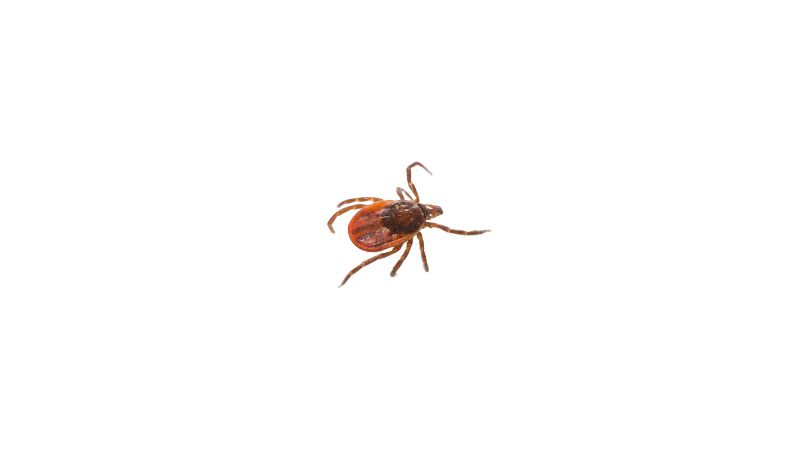
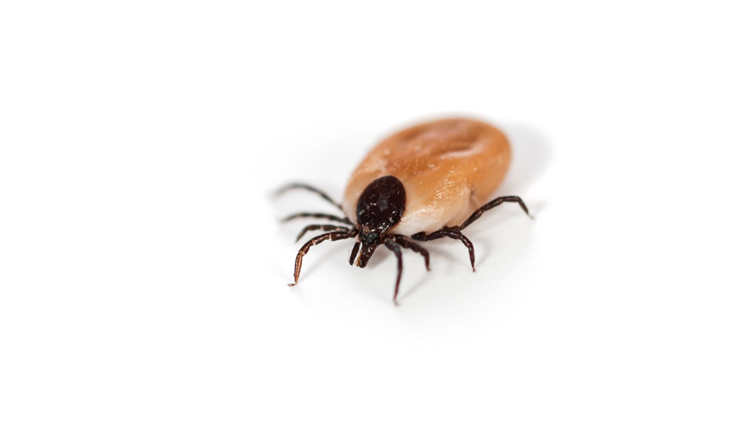
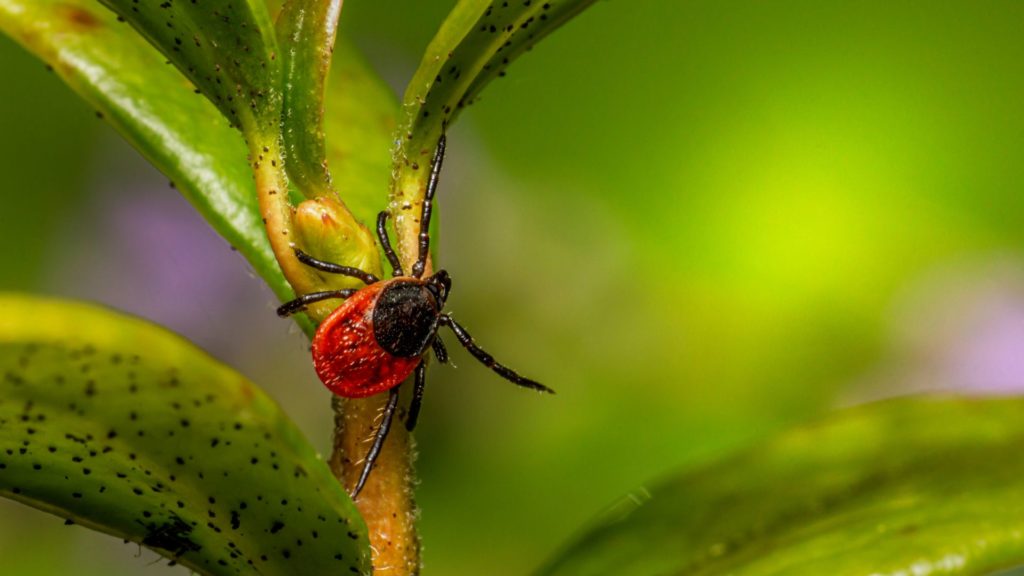



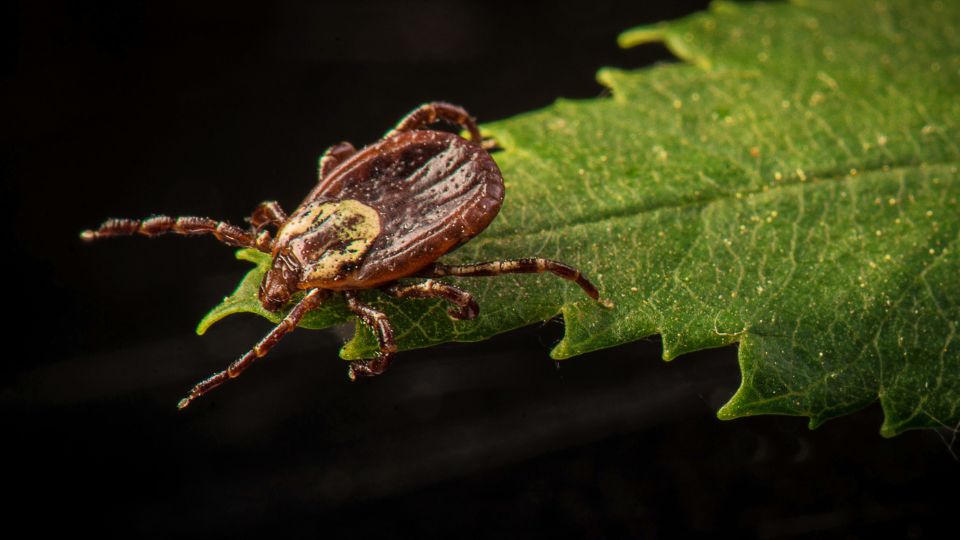

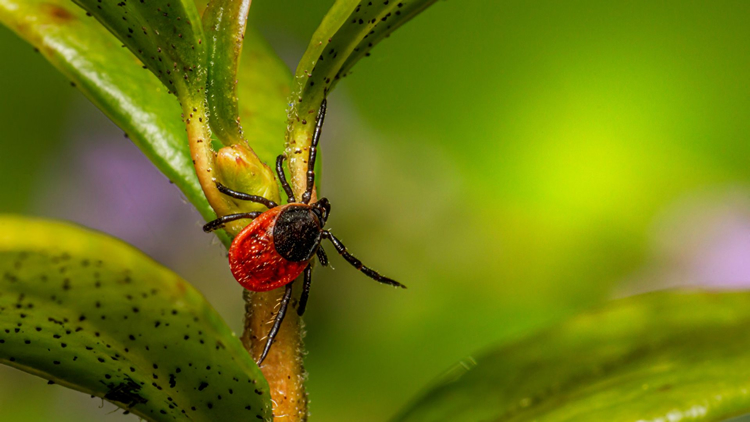

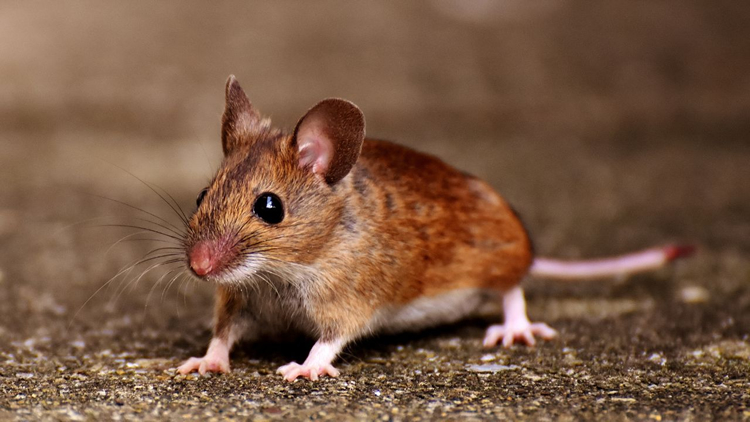


 The circle of life, predator versus prey will always be. By Mother Nature’s providence, there are natural tick eaters. These include chickens, frogs, lizards, and other wildlife. Perhaps the opossum is in that category too, or maybe not. But one thing is for sure. There are effective tick control methods that you can employ to help your family avoid the threat of ticks. Professional,
The circle of life, predator versus prey will always be. By Mother Nature’s providence, there are natural tick eaters. These include chickens, frogs, lizards, and other wildlife. Perhaps the opossum is in that category too, or maybe not. But one thing is for sure. There are effective tick control methods that you can employ to help your family avoid the threat of ticks. Professional,